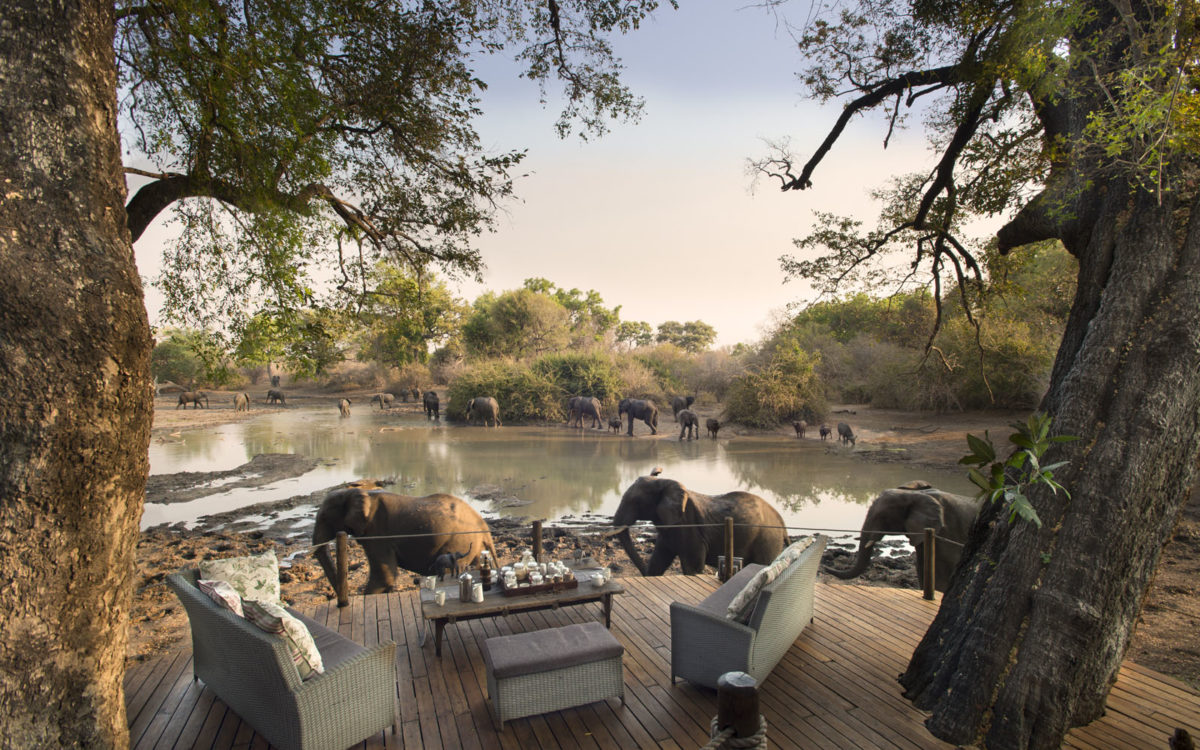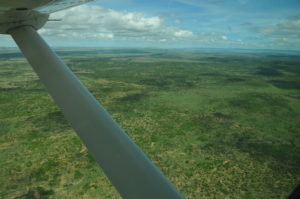
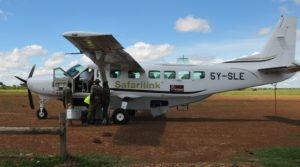
There are so many safari options, it can be tricky working out what’s best for you. Here we look at the joy of private conservancies and how they differ from a national park/reserve experience.
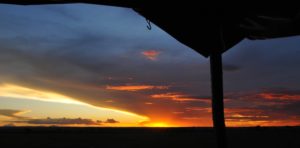 Private Conservancies vs National Park Private conservancies are privately owned and run conservancies or reserves which tend to be located just outside the main national park or reserve. To maintain migration corridors national parks (like Kruger in South Africa or the Masai Mara in Kenya) are unfenced wilderness areas allowing for the free movement of wildlife.
Private Conservancies vs National Park Private conservancies are privately owned and run conservancies or reserves which tend to be located just outside the main national park or reserve. To maintain migration corridors national parks (like Kruger in South Africa or the Masai Mara in Kenya) are unfenced wilderness areas allowing for the free movement of wildlife.
National parks are managed by local councils and government bodies who are responsible for monitoring wildlife, anti-poaching, security and maintaining roads and facilities. Lodges are usually quite large to accommodate demand and visitor numbers are not usually limited. In peak seasons there can be a high density of vehicles. There are strict rules in the national parks – drivers must keep to designated trails and safaris can only be enjoyed between sunrise and sunset.
Private conservancies in contrast, work in partnership with the local community landowners. Because they are owned and managed privately, visitor numbers are strictly controlled. In Mara North in the Masai Mara for instance there is one guest on average to every 350 acres. Camps and lodges tend to be small so guests see very few other vehicles compared to the national park.
There are significant benefits of the private conservancy model for both the visitor and the local community:
- Environment Private conservancies protect important ecosystems, for example the Greater Mara Eco-System in Kenya and the Okavango in Botswana. They help to stop the degradation of these eco-systems, conserving wildlife and bio-diversity and allowing the habitat to recover.
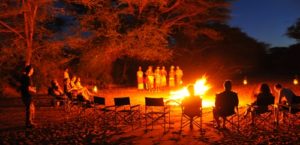 Community Local people are able to earn an income from eco tourism and wildlife conservation. In Kenya, Maasai landowners are able to benefit directly from working in partnership with camps and lodges, being paid a ‘bed night’ fee for every guest staying. In South Africa’s Greater Kruger the conservancies operate in the same way – collaborating with the local communities.
Community Local people are able to earn an income from eco tourism and wildlife conservation. In Kenya, Maasai landowners are able to benefit directly from working in partnership with camps and lodges, being paid a ‘bed night’ fee for every guest staying. In South Africa’s Greater Kruger the conservancies operate in the same way – collaborating with the local communities.- Eco-tourism Private conservancies champion low density responsible travel. In a nutshell this is the best way to safari without the crowds.
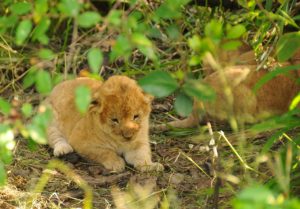 The exclusive private conservancy safari experience
The exclusive private conservancy safari experience
Private conservancies are often accessed by light aircraft flight, served by their own airstrip. Flying-in helps to maximise your holiday time and gives you a wonderful bird’s eye view in the process.
Guests can enjoy a wide range of activities. These include 4×4 safari, night drives, walking, bush dining and sundowners on the plains. You don’t have to be back in camp by sundown so you can enjoy the conservancy to the full – stopping for a gin and tonic at sunset or heading out on a night drive with flashlights after supper.
Private conservancies offer a quality, low density experience. Instead of large lodges you can stay in small tented camps/lodges. You’ll see fewer vehicles and enjoy better quality game viewing.
You can get closer to the action. It’s good safari etiquette for guides to stick to trails to prevent grass erosion, however in private conservancies should you come across something exciting, like these gorgeous lion cubs, you can go off road to observe more closely – something you are prohibited to do in a national park.
You can safari in the knowledge that your stay will be benefiting the local community and contributing to wildlife conservation.
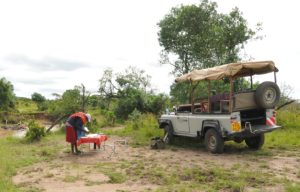 Focus on Mara North, Kenya
Focus on Mara North, Kenya
The Mara North Conservancy offers 64,000 acres of prime wilderness situated immediately to the north-east of the Maasai Mara National Reserve, and works in partnership with local Maasai landowners. In MNC, there are eleven member camps. Each is represented by a land management committee. The committee meets monthly with the Maasai Landowners Committee representing over 800 Maasai landowners, who have opted to lease their land for conservation. The MNC is one of the largest community and private sector owned conservancies in the world and this is the first time many Maasai have been able to receive a direct income from wildlife.
Crucially, all the camps in the private conservancies promote low density tourism. This ensures an exclusive safari experience and minimal impact to the environment and its wildlife. This is the same across Eastern and Southern Africa.
Take your pick from Olare Motorogi and Mara North to name just two of many fantastic conservancies in the Masai Mara, Chyulu Hills on the edge of Tsavo and Amboseli or undiscovered Kalama or Sera north of Samburu. Kenya has many wonderful conservancies to choose from.
Tanzania also offers wonderful private conservancies including five star Singita. Further south you can enjoy legendary Selinda or Linyanti in Botswana’s Okavango among many other excellent choices, Linkwasha in Zimbabwe’s Hwange, Ongava in Namibia, or Sabi Sands and Timbavati in South Africa’s Kruger. Private conservancies offer guests the chance to get off the beaten track, for example Tswalu Kalahari also in South Africa, or Namunyak in the Mathews Range of northern Kenya.


